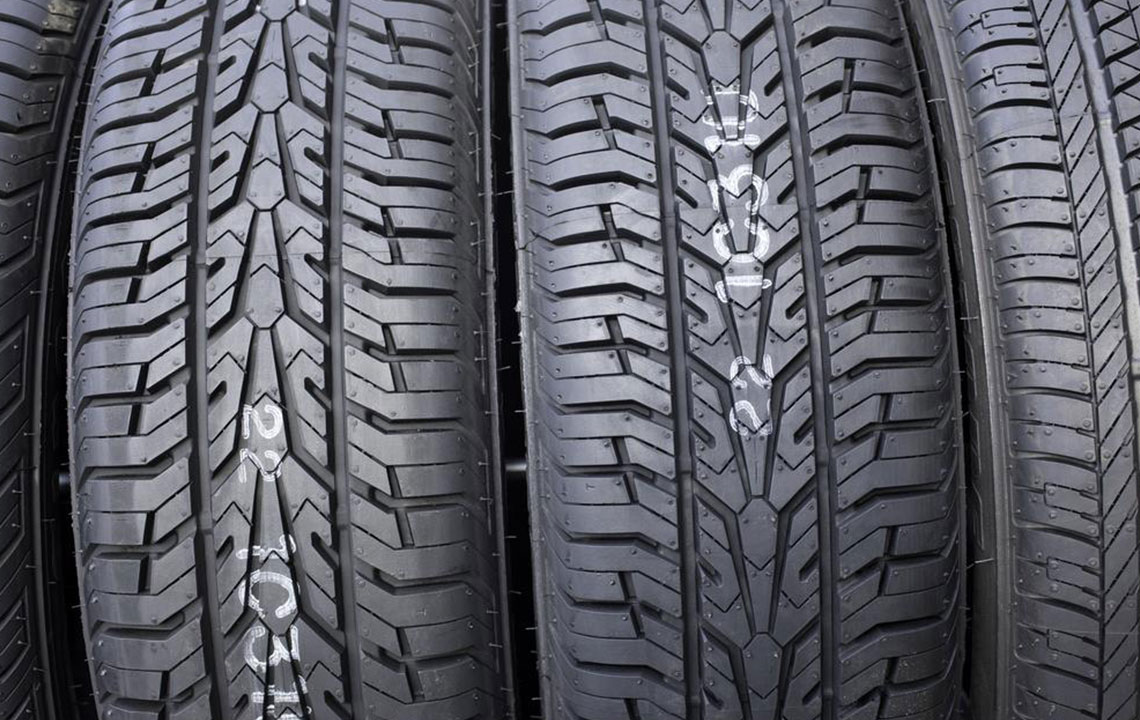Comprehensive Guide to Selecting the Ideal Tires for Your Vehicle
Learn how to select the perfect tires for your vehicle with this comprehensive guide. Understand tire markings, size identification, and key features to improve safety, performance, and longevity. Discover tips for timing your purchase, choosing suitable tires for different seasons, terrains, and climates, and where to find the best deals. Whether you're replacing worn-out tires or upgrading for better handling, this detailed advice helps you make informed decisions geared toward a safer and more comfortable driving experience.

Comprehensive Guide to Selecting the Ideal Tires for Your Vehicle
Ensuring a safe, comfortable, and efficient driving experience begins with choosing the right tires for your vehicle. Tires are the only contact point between your vehicle and the road, making their selection crucial for safety, performance, and fuel economy. With a multitude of tire options available today, understanding key tire features, specifications, and the right timing for replacement can significantly simplify your purchasing process. This detailed guide aims to equip you with all necessary information to make informed decisions, whether you're considering renowned brands like Goodyear or other quality manufacturers.
Proper tire selection not only enhances safety but also impacts driving comfort, handling, and longevity. Different driving conditions, weather, and terrains demand specific tire characteristics, so knowing what to look for helps prevent premature wear, accidents, and costly repairs. Below, we delve into the essential factors to consider when buying tires, including how to identify the right size, understand tire markings, assess performance features, and determine the optimal time for replacement.
Determining the Best Time to Buy New Tires – Regularly inspect your tires for signs of wear. Initially, check the tread depth; most tires have tread wear indicators (raised sections in the grooves). When the tread is worn down to these indicators or less than 2/32 inch, it's time for a replacement. Uneven tread wear patterns can indicate alignment, suspension, or inflation issues that should be addressed promptly. Also, examine tires for cuts, bulges, cracks, or embedded objects. If you’re unsure, consult a professional mechanic or visit your dealership for a thorough inspection.
How to Identify Your Tire Size – The exact size of your tires is vital for compatibility and performance. This information is typically located on the sidewall of your current tires, often on the driver’s side door jamb as well. Common tire size notation appears as a series of numbers and letters, for example, P215/60R16. Here, 'P' denotes passenger vehicle tires, '215' indicates the width in millimeters, '60' is the aspect ratio or profile (height as a percentage of width), 'R' signifies radial construction, and '16' is the wheel diameter in inches. Accurate matching of these specifications ensures optimal fit and driving experience.
Understanding Tire Markings – Familiarize yourself with various markings to select the proper tires. The letter 'P' at the start means a passenger car tire, while 'LT' refers to light truck tires. The load index, usually a numerical value, indicates the maximum weight the tire can support—commonly ranging from 75 to 100 for standard passenger vehicles. The speed rating, often a letter, shows the maximum safe speed (e.g., 'H' or 'V'). These markings are crucial for ensuring your tires meet your vehicle’s safety and performance requirements.
Key Performance Features to Consider – Apart from size and markings, look into features such as braking distance, handling capabilities, ride comfort, and noise levels. Modern tires from reputable brands like Goodyear undergo comprehensive testing to guarantee safety and reliable performance. Select tires based on your typical driving environment—urban, highway, off-road, or mixed terrains. For instance, winter tires have specific tread patterns and rubber compounds suitable for snow and ice, whereas all-season tires are designed to perform year-round in various weather conditions.
Choosing the Right Tire Based on Weather and Terrain – Your local climate significantly influences your tire choice. In colder, snowy regions, winter tires with enhanced grip in snow and ice are essential. Conversely, if you mostly drive in warm weather, summer tires or all-season tires may serve you better. For rugged terrains, off-road or mud-terrain tires provide better traction and durability. Matching your tires to your environment helps prolong their lifespan and improves safety.
Where to Purchase and How to Find Good Deals – Official brand websites, like Goodyear’s, offer a broad range of tires tailored to various needs. You can also explore online retail platforms, where discounts and promotions often make high-quality tires more affordable. It’s wise to compare prices, warranties, and customer reviews before making a purchase. Many suppliers offer professional installation services, ensuring your new tires are mounted and balanced correctly for optimal performance.
In conclusion, selecting the right tires involves understanding your vehicle's specifications, evaluating performance features, and considering your driving needs and environment. Regular inspection and timely replacement are key to maintaining safety and extending your tires’ lifespan. Trusted brands like Goodyear offer a variety of high-performance tires that undergo rigorous testing to meet safety standards. By following this comprehensive guide, you can confidently choose tires that enhance your driving experience, safety, and vehicle efficiency.
Remember, investing in quality tires is investing in your safety—don’t compromise on quality or compatibility. Stay informed, inspect regularly, and choose tires wisely to enjoy smooth and secure journeys every time.





